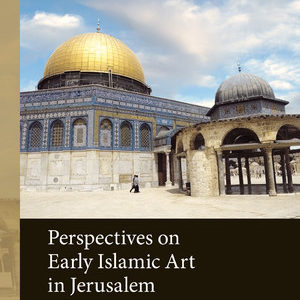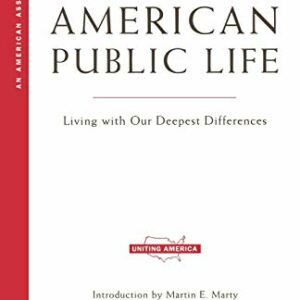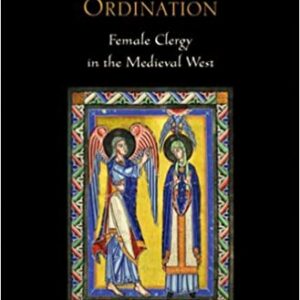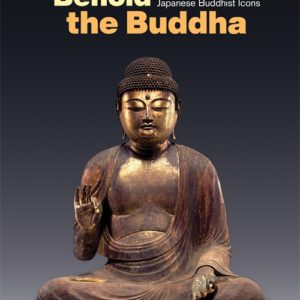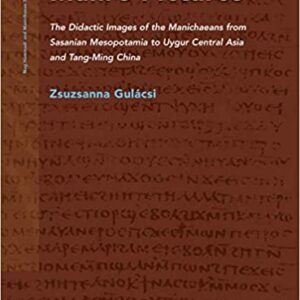
Mani’s Pictures: The Didactic Images of the Manichaeans from Sasanian Mesopotamia to Uygur Central Asia and Tang-Ming China
By Zsuzsanna Gulácsi (NHC Fellow, 2006–07; 2016–17) The founder of Manichaeism, Mani (216-274/277 CE), not only wrote down his teachings to prevent their adulteration, but also created a set of paintings—the Book of Pictures—to be used in the context of oral instruction. That pictorial handscroll and its later editions became canonical art for Mani's followers for … Continued
